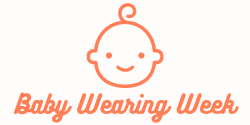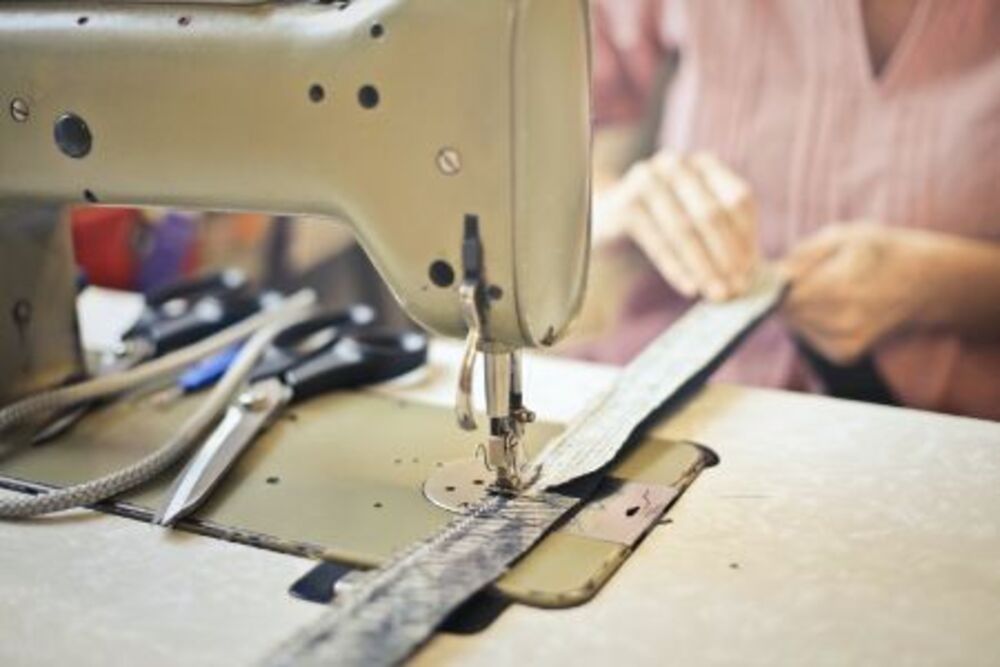There are various kinds of sewing machines, each offering its own set of benefits. Some machines provide access to an abundance of stitch patterns while others focus on convenience and user friendliness. Find out about embroidery machine for beginners.
Coverstitch machines produce coverstitches and chain stitches using five threads–ideal for knit fabrics. Other machines, like sergers, add professional touches by trimming seam allowances and fixing raw edges – giving textile products a professional appearance.
Chain Stitch Machine
Chain stitch sewing machines are among the most popular choices used in apparel manufacturing, featuring a single needle thread interlinking with a looper thread to produce its characteristic stitch appearance both front and back of fabric.
Lock stitches are more rigid, making this stitch style ideal for jeans pant inseams and shirt side seams; but blind stitching also works well as an effective method for hemming.
chain stitch machines may be effective at hemming stretchy fabrics, but for creating secure seams that won’t fray you need a coverstitch or serger machine to finish off garment edges with strong stitches that won’t fray. Coverstitch machines come in four forms – two-needle machines, three-needle machines, serger/coverstitch combo machines and top coverstitch machines are your options when it comes to finishing garment edges with strong seams that won’t fray either way – but most provide similar basic functions – many even have built-in hemmers to trim excess seam allowance and wrap thread around garment edges to complete professional results!
Blind Stitch Industrial Machine
Industrial sewing machines are built for speedy sewing applications at much higher rates than their household counterparts, while being built more durablely for use in bulk production of garments or products – an invaluable asset in any production company or business.
These machines can handle thick materials with ease and efficiency. Furthermore, they allow users to create various stitches which might otherwise be difficult to create using home sewing machines.
Blind stitch machines utilize a single needle to produce a looped seam that’s invisible on the fabric’s face side, making this type of sewing machine ideal for lightweight materials like thin cotton. Blind stitch machines can be combined with sergers or used as safety stitch machines, and used to sew hems, neaten edges and finish sleeves edges as well. Plus they’re simple and cost-effective!
Straight Stitch Machine
Straight stitch machines are basic sewing machines which produce only one stitch pattern, making them simpler to operate and maintain than those featuring multiple stitches patterns.
These machines are also great for tasks requiring precise and clean sewing lines, such as creating the three most popular canvas seams: overlapping, semi-flat felled and flat felled.
Modern computerized sewing machines can produce an array of stitch patterns. But it is important to remember that in most instances all a seamstress needs is a basic straight stitch; therefore, some advanced seamstresses still prefer using straight-only machines such as the Singer Featherweight from 1933 until 1960 – an example of such an iconic straight-stitch machine which remains popular today among sewing enthusiasts and enthusiasts.
Zipper Machine
A zipper machine allows you to add zip-top closures to bagged products, which can be particularly helpful when sealing opened packages of jerky, cheese or other food products that need to be sealed again after consumption. All Bartelt poucher machines are equipped with multiple PTC zipper styles.
Integrating zippers into fabric projects is an excellent way to add an attractive, user-friendly feature and save money on pre-made bags that feature zippers. It can also help make custom fabrics unique!
For your sewing machine to sew a zipper efficiently and evenly near its teeth, a zipper foot will be essential. These feet are specifically designed to keep fabric flat so stitching evenly near them becomes much simpler. They may come either snap-on or screw-on variants; before selecting one make sure your sewing machine meets shank height requirements and is compatible with your type of zipper; your machine’s company website can help you identify one suitable to you!




